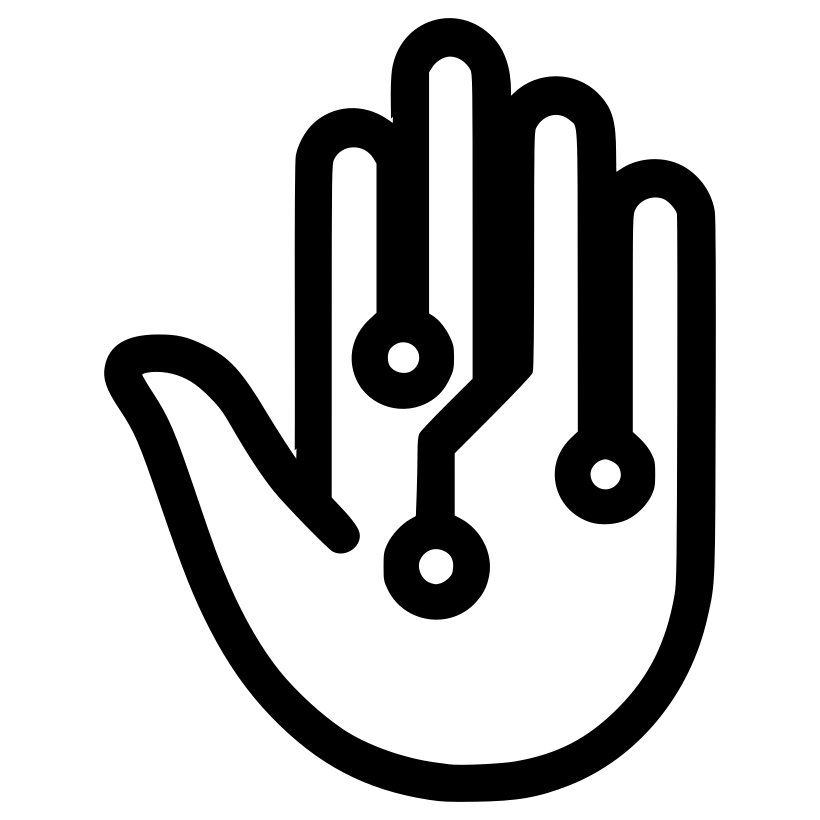Whose Ground, Whose Symbols?

There are many reasons to fly a flag and many places where flags have been flown throughout history. They have been used as signifiers of armies on battlefields, as indications of allegiance or ownership of towns and cities. They have also been used to trick unwitting mariners into slowing or lowering their guard.
It isn’t just after victory that flags appear. More often they go up before a conflict to set out the sides, or during a conflict to show strength and belonging. And that is what bothers me about the sudden rush of St George’s crosses on street furniture in 2025. It does not feel like peacetime celebration. It feels like positioning. A reminder that the culture war is ongoing, that hostility towards migrants, LGBT people and anyone “other” is not background noise but the field of play itself.
I have no issues with flags on seats of power like council buildings, nor where they have historically been flown. My concern is with the messaging, consciously or unconsciously, being sent out in this new wave of what I will generously call patriotism. Some people see it as unfulfilled pride in being English, a ground swell of patriotism with no negative side. I am a cynic and a member of a minority group, though I am a British citizen, so I tend to look past the surface. The speed of this rise feels connected to a louder right-leaning nationalist rhetoric, a fear of the “other,” and a playbook that comes not only from the US but from fascist regimes of the last century.
Even as a white British citizen I feel uncomfortable when I see these flags in this new context. Being English has never been about a flag for me. It has been about a sense of place, of community, of culture, and of mixing with people who bring different traditions and perspectives. Yet the conversation seems to be shifting into making Englishness equal to pride in a flag, as though the flag itself is the essence. That narrowing of identity feels forced and exclusionary.
A flag can be raised neutrally, or as neutrally as possible. I am not going to get into colonial power and the history of abuse here, though those factors are there with this flag too. What matters is that neutral raising usually happens with process: on a flagpole, with ceremony, in a space where its symbolism is visible, accountable, even removable. That context matters.
What we are seeing now is different. Flags zip-tied to lampposts, painted on bridges, draped over street furniture. That bypasses process. Raising a flag is not decoration. It is an emergency act. It interrupts the everyday to say something is happening here, something is being claimed. To wave it away as “just a flag” ignores the centuries of baggage it carries.
This is why I look to the Pride flag differently. I am proudly trans and queer. I have Pride flags in my house. If I attend Pride, which is still a protest, I carry one. There are debates about Pride flags on council buildings, with bans framed as avoiding preference. I can find some time for that argument. But unlike a nation’s flag, the Pride flag does not belong to authority or conquest. It is a call to end discrimination. Its message is not “we are in charge” but “we exist.”
And the message is for everyone. At its heart, the Pride flag is not about elevating one group above another but about building a culture where no one is excluded because of who they are. Yet if you only look at the surface and see people you don’t relate to holding it, you might assume it is exclusionary. That misreading is part of the challenge. To those of us who carry it, the flag is saying “this space is safer for you too.” But to someone on the outside, especially if they’ve only encountered it through media outrage or culture-war framing, it can look like a banner for other people. That is the gap between intention and perception.
And here is where I worry. The nuance is being lost, often on purpose. Both mainstream media and social media thrive on outrage and division, not difficult conversations about meaning. The subtler point about what a flag means, who it speaks to, and what histories it pulls in is skipped. And yet the things about being British that I do think are worth pride are not bound up in a cross on a white background. They are in the communities and diverse cultures that make us stronger together, not in the creation of in-groups and out-groups.
So when I see this new wave of flags, it is not the fabric I am worried about but the current beneath it. Are these symbols being lifted to invite people in, or to remind them who controls the ground beneath their feet? That is the real question in the wind.



